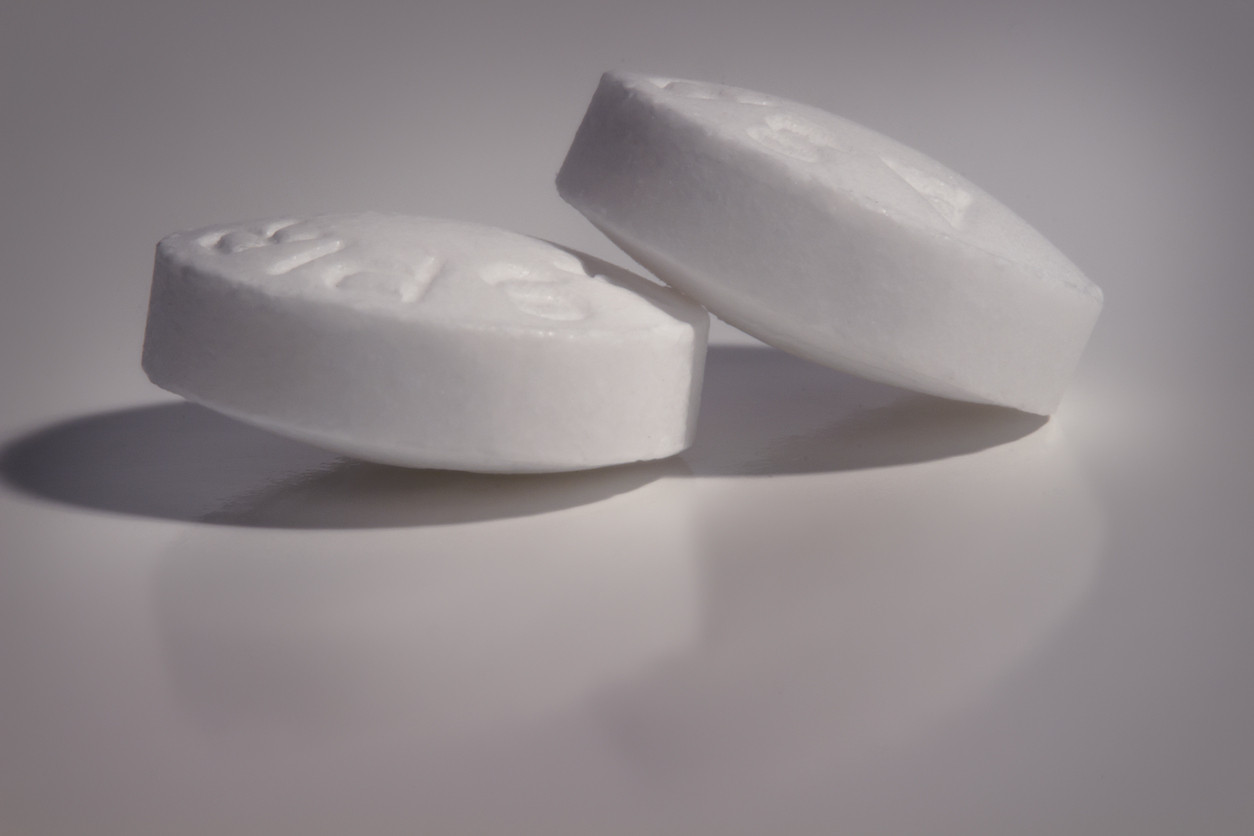
Respiratory health harms often follow flooding: Taking these steps can help

Tips to leverage neuroplasticity to maintain cognitive fitness as you age

Can white noise really help you sleep better?

Celiac disease: Exploring four myths

What is prostatitis and how is it treated?

What is Cushing syndrome?

Exercises to relieve joint pain

Think your child has ADHD? What your pediatrician can do

Foam roller: Could you benefit from this massage tool?

Stepping up activity if winter slowed you down
Staying Healthy Archive
Articles
Plank Pass
Harvard Fitness Expert Michele Stanten demonstrates how to use the medicine ball to add a little challenge to the plank position.
You should have some strength training under your belt before trying this workout. While you can modify the moves, it is still an advanced routine that combines both strength and power in many of the moves. This makes it a time-efficient workout, but also a more intense one. You may notice that your heart rate goes up more than during other strength workouts.
Strength to power
Harvard Fitness Expert Michele Stanten explains the difference between strength and power, and how to work out each of these attributes in many of the same exercises.
The Basic Workout is good for everyone. If you're new to strength training—or haven't been exercising for a month or more—this dumbbell and bodyweight routine is a great starting point. But even if you lift weights regularly, this workout can help by targeting muscles in new ways.
Kettlebell
Harvard Fitness Expert Michele Stanten shows the proper form for using the kettle bell to maximize the health benefits and minimize injuries.
Kettlebells supply resistance when you are strength training, which builds muscles. This not only makes you stronger, but also increases your muscles' endurance and strengthens your bones as well.
Pill-free ways to lower high blood pressure
Reduce your dependence on medications with these strategies.
More than a third of all adults in the United States have high blood pressure—a systolic pressure (the top number in a reading) of at least 140 millimeters of mercury (mm Hg), or a diastolic pressure (the bottom number) of at least 90 mm Hg, or both. The condition injures blood vessel walls and forces the heart to work harder, increasing the risk for heart disease and stroke.
Taking medication to treat high blood pressure is just part of the solution.

Respiratory health harms often follow flooding: Taking these steps can help

Tips to leverage neuroplasticity to maintain cognitive fitness as you age

Can white noise really help you sleep better?

Celiac disease: Exploring four myths

What is prostatitis and how is it treated?

What is Cushing syndrome?

Exercises to relieve joint pain

Think your child has ADHD? What your pediatrician can do

Foam roller: Could you benefit from this massage tool?

Stepping up activity if winter slowed you down
Free Healthbeat Signup
Get the latest in health news delivered to your inbox!
Sign Up









